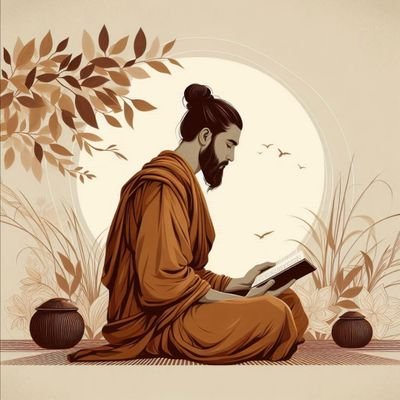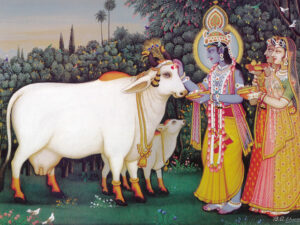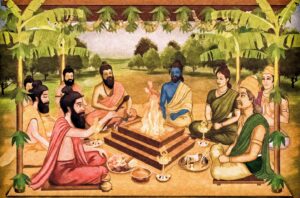Welcome to
Veda Shree
Quote
“Preserve the wisdom of the Vedas, for in their chants lies the harmony of the universe.”
Welcome to Sri Vedashree Veda Patashala

About Us
Preserving Vedic Heritage

Rekindling Rituals, Reviving Vaidik Wisdom
In the current fast-paced society, individuals are becoming increasingly immersed in Western culture, resulting in a gradual decline in the practice and understanding of Hindu rituals and traditions. The transmission of knowledge regarding Hindu culture, rituals, and their significance to the younger generation is lacking, leading to a gradual erosion of these practices from collective memory. Consequently, interest in VAIDIK KARMA is waning, either due to a lack of awareness or the absence of knowledgeable individuals within easy reach.
Sri Vedashree Veda Patashala Activities
Veda Patashala- Vedashree
The Vedas
Eternal Glory of Our Tradition
The Vedas, regarded as divine revelations, are subtle cosmic vibrations recognized by ancient Rishis. Once vast and expansive, Sage Vyasa classified them into four groups — Rig, Yajur, Sama, and Atharva — which were later divided into multiple Shakhas by Sage Patanjali. Originally, the Rig Veda had 21 Shakhas, the Yajur Veda 108, the Sama Veda 1,000, and the Atharva Veda 9. Over time, many of these Shakhas were lost, and today only a few remain — one from the Rig Veda, six from the Yajur Veda, three from the Sama Veda, and two from the Atharva Veda.
Chanting Vedic mantras is believed to promote global peace, prosperity, and well-being. Preserving the Vedas is a sacred duty, as they form the foundation of Sanatana Dharma and our cultural heritage. Sri Vedashree Veda Patashala, founded at Soorali, Sringeri, is committed to nurturing and passing this invaluable legacy to future generations. As our Acharyas have emphasized, “Breaking the chain of Vedic study denies future generations the opportunity to learn this timeless wisdom.”
Gow pooja
Worshipping the cow is a custom in Hindu tradition. This is Called Gowpuja
Our Puranas place great importance on Gowpuja (worship of the cow), describing how the four oceans (Chathu Sagaras) reside within cow’s milk (Goksheeram) and how all worlds (Samastha Bhuvanaas) are present within the cow. Each part of the cow embodies various deities. Lord Shiva, for instance, is believed to dwell in the forehead and horns of the cow, making water sprinkled on the cow’s horns as powerful as water from Triveni Sangamam, and as spiritually beneficial as worshiping Lord Kasi Visweswara with Shiva Ashtothara, Sahasranama, and Bilva leaves.
Lord Subrahmanya is said to reside in the cow’s nose, and honoring this part is believed to protect children. The ears of the cow, representing the Ashwini Devathas, are worshipped for health benefits. The eyes of the cow, where the Sun and Moon reside, are honored to remove ignorance and bring wisdom, wealth, and prosperity. Worshiping the tongue, home to Varuna, is said to help with having children, and Goddess Saraswati’s presence within the cow is honored for good education. On the cow’s right cheek is Yama, and on the left is Dharma Devata, whose worship leads to moksha (liberation).
The cow’s udder holds the four Purusharthas: dharma (righteousness), artha (wealth), kama (desire), and moksha (liberation), and is worshiped to attain these aims. Lord Indra resides in the cow’s neck, which is worshiped for fertility blessings. The ends of the hooves are linked to the Nagadevathas, providing protection from snake danger, while Gandharvas and Apsaras also inhabit the hooves, offering prosperity. Worshiping the cow is thus regarded as worshiping all divine deities.



